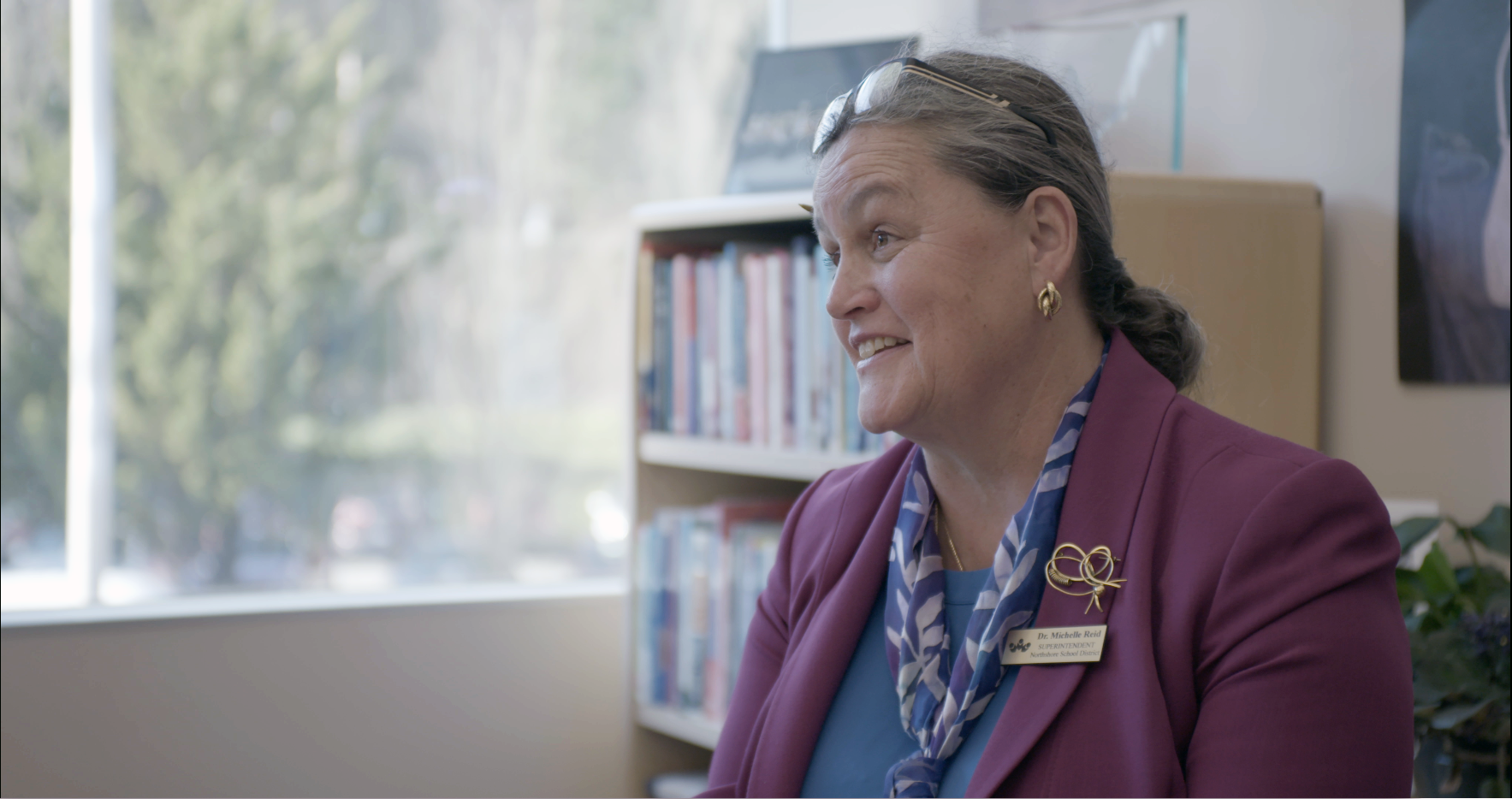BY HOLDEN AGUIRRE
I’ve never thought of myself as gifted, and as I contemplate everything I’ve learned, so far, during my internship with THE G WORD, I realize that the very word gifted is often fraught with stereotypes. Many of the myths around giftedness are beliefs I myself have held at one point or another, and as such, I’m sure that many others who are pondering their gifts, or lack thereof, have too.
With that, I’ve been surveying the literature and here are ten myths about giftedness that need further contemplation and discussion:
1) All children are gifted. Inherently, every child has amazing qualities and attributes which make them uniquely talented in a myriad of ways. However, to classify every child as gifted would be doing a great disservice to those children who might benefit from specialized resources meant to cater to the needs of the gifted and talented, an area which was federally defined in the Marland Report in 1971. According to the report, and more recent definitions of giftedness set forth by NAGC, children demonstrating high achievement capabilities in academia, which may require support outside of a traditional classroom setting, normally constitute what is considered gifted.
2) Gifted students don’t need extra support to succeed. Unfortunately, many people believe the high achievement capabilities of gifted children equate to emotional maturation which matches in sophistication. However, this is rarely, if ever, the case. Asynchronous development, wherein children have the intelligence of those much older, but are emotionally and socially in line with their fellow classmates, is a telltale sign of giftedness. Beyond academic preparation, further emotional support is necessary for gifted students who struggle with high levels of performance anxiety, perfectionism, bullying and the stress of trying to fit in with their peers.
3) Single test scores are the best way to identify all high-ability students. You get the gifts that are given, and you can only be given those that are recognized as being legitimate. For decades standardized testing for giftedness in the U.S. has solely valued high capabilities in English and Math when assessing students. Expansion of tests to consider other competencies creates diversity amongst types of gifts, as well as students. Take the public school district in Aurora, Colorado. Aurora Public Schools started testing every student, regardless of a perceived “potential.” Furthermore, testing looked beyond the scope of just English and Math, considering both Science and the Arts. This resulted in a larger, more diverse pool of students who were identified as gifted.
A single test score is not sufficient for determining giftedness.
4) Giftedness ends after childhood. For some reason, much of the resources and literature around giftedness seems to end with childhood. Does this mean that once you’re an adult, you stop being gifted? Or that you figure it all out once you reach adulthood? Not true. In some ways, gifted adults may be more vulnerable than children. Identifying gifted children at an earlier age allows them to create a support system and develop coping skills they can carry on with them into a happier, healthier adulthood.
5) Gifted children don’t have disabilities. A child’s giftedness does not make them immune to disabilities. In fact, this very assumption can be dangerous when trying to identify gifted children who are disabled. Twice exceptionality or 2e is a term coined by the gifted and talented community used to describe gifted children who also have disabilities such as ADHD, dyslexia, anxiety or depressive disorders. Commonly, the gifts children display can mask their disabilities and vice versa. The 2e community brings attention to the fact that many disabilities are invisible, and we must take great care in recognizing their existence amongst gifted children.
6) Gifted children are more emotionally mature than the rest of their peers. A hallmark of giftedness is overexcitability, wherein gifted children have a heightened response to external stimuli. While being highly reactive to the world around you can result in intense creativity and imagination, it can sometimes lead to frustration. Furthermore, gifted and talented children are more susceptible to experience negative emotions due to a higher amount of pressure to perform placed on them by educators and parents alike.
7) A student can’t be gifted if they are getting poor grades. Grades are not just a signal of a student’s intellectual ability, but also their emotional well-being. If gifted students do not feel socially supported in their environment or find classwork unchallenging this may result in poorer grades.
8) All gifted kids are white. Giftedness is found in all races and ethnicities. Full stop. Unfortunately, race seems to be one of the greatest factors when it comes to which students are currently recognized as gifted and talented. Recent data from schools across the U.S. show a huge overrepresentation of White and Asian children in gifted programs, and an underrepresentation in African American, Hispanic/Latin X, and Native students. Many factors account for this disparity, such as culturally biased intelligence tests, unconscious bias in selecting which children get tested, lack of teacher training of the signs of giftedness, and the language a student speaks and reads. This can change. Case in point, look at Aurora Public Schools yet again! Universal testing is helping to identify more gifted children in underrepresented communities in the district.
In 2019, THE G WORD team visited The Northshore School District in Washington state to talk to Superintendent Dr. Michelle Reid about changes to their HiCap (highly capable) program screening test. Every student, despite socio-economic background or race, is now tested for giftednes and the outcomes have been inspiring—especially in regards to under-represented students.
9) You will not find gifted kids in poor neighborhoods. Gifted children come from all socio-economic backgrounds. Funding for gifted assessment and programs through state and federal levels is notoriously low. Most higher-income schools find funding through a parent base willing to finance gifted and talented programs in their local communities, while funding in lower-income districts is generally lacking across the board. As a result, gifted kids in poor neighborhoods are not identified nor getting the resources they require and by law deserve. Universal screening, along with more funding for gifted programs are urgently needed across the country.
10) Gifted kids will succeed in life no matter what. Gifted kids are like any other kids who grow into adults and find they have no idea what they’re supposed to be doing with the rest of their lives! And in many ways, for all the points listed above and more, gifted adults are more vulnerable to life’s curveballs. No one has it all figured it out.
These myths hurt the gifted population because they uphold a belief system that perpetuates notions that do not adequately reflect the full spectrum of the gifted experience. These myths are harmful to the gifted community because they cement a logic that extra resources and special care are not necessary, when in fact more support and better identification practices would help these children thrive. We need to break out of an educational system that is stunted by its encapsulation in larger systems of oppression. Let’s follow in the footsteps of places like Aurora, CO or The Northshore District in Washington, where THE G WORD team spent time earlier this year, and test every student for giftedness. If we don’t, it is the students of color, the poor, English language learners, and children with invisible disabilities, who get hurt the most. While change needs to happen at a national level, it needs to begin locally. Educators, parents and communities-at-large need to come together to advocate for the unseen gifted and talented children right in their own schools who are waiting to realize their potential.
FURTHER READING
The G Word Highlights NSD Hi-Cap Program - Woodinville Weekly
Expert Educator Says Universal Screening Not Enough to Diversify Gifted and Talented Programs in Aurora - The G Word
Myths About Gifted Students - NAGC
10 Myths of Gifted Children - edCircuit
Five Myths About Gifted & Talented Students - Washington Post
THE G WORD
GOT A HOT TIP?
EDUCATION / MEDIA
PODCASTS
ASSOCIATIONS
CONFERENCES
Holden Aguirre
Holden Aguirre is a Journalism Major at San Francisco State University minoring in LGBT Studies. As someone who thrives in a diverse environment, Holden transferred from American River College in Sacramento to pursue interests in film, music, the arts, and education.




